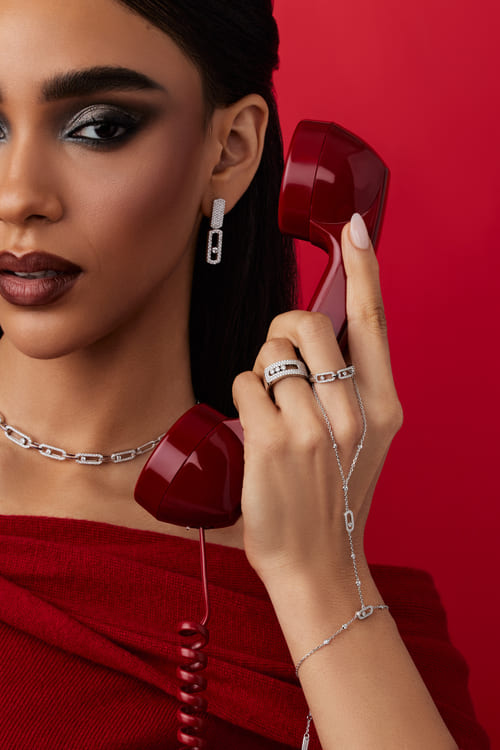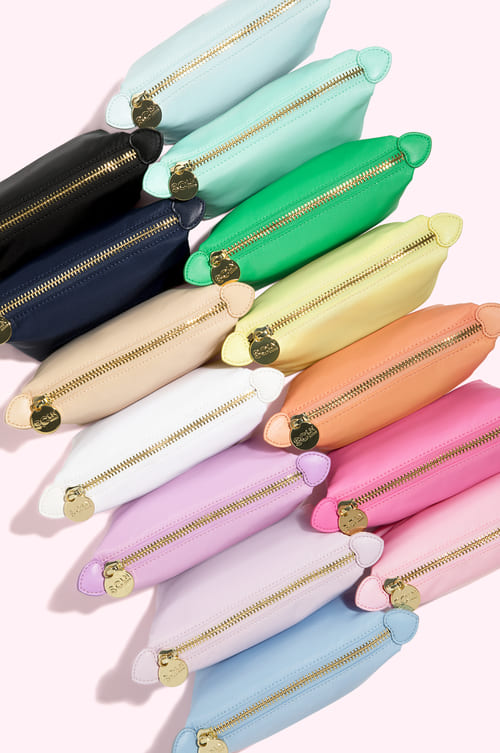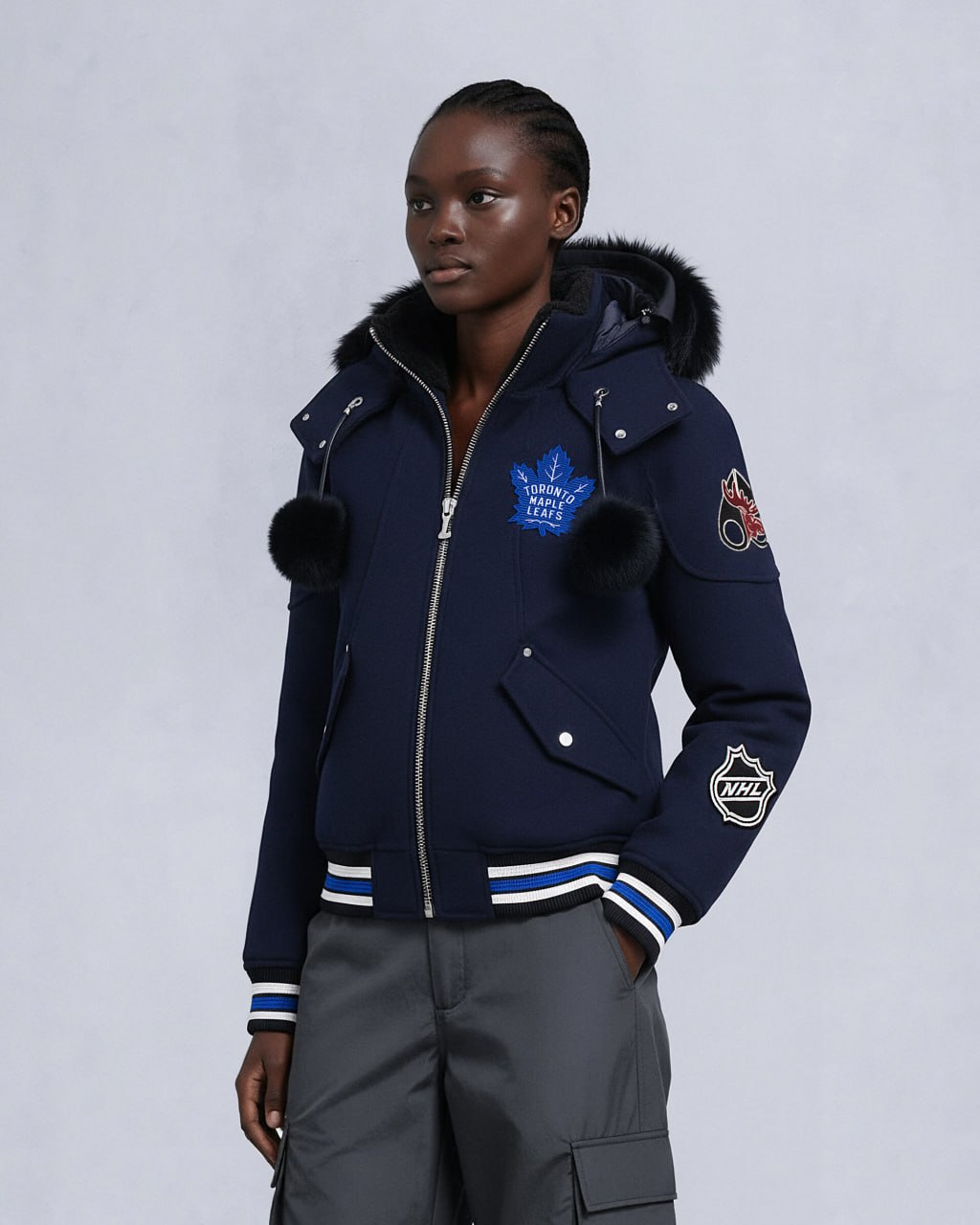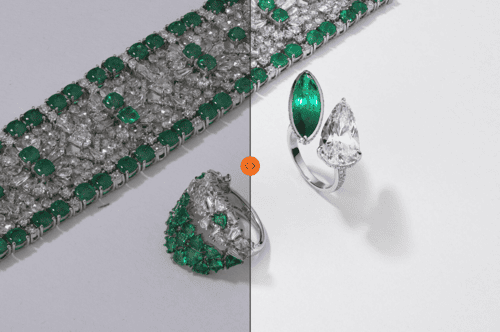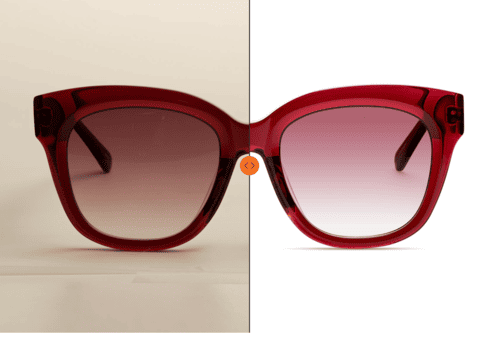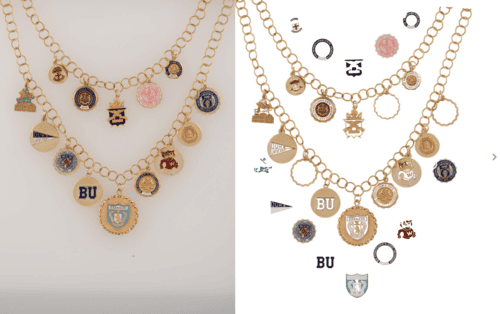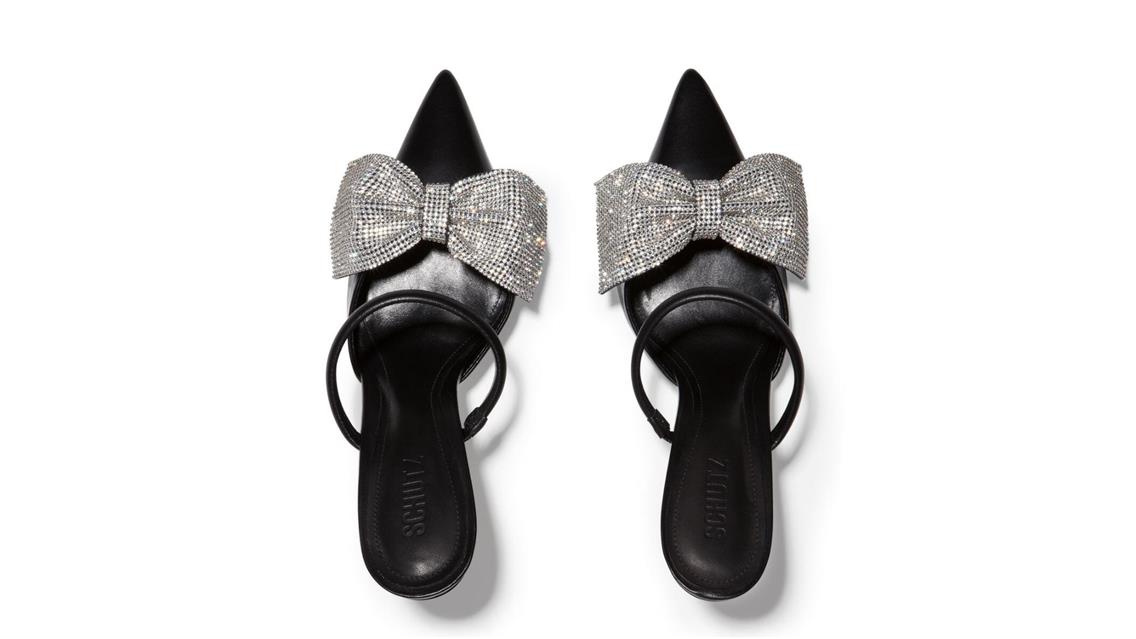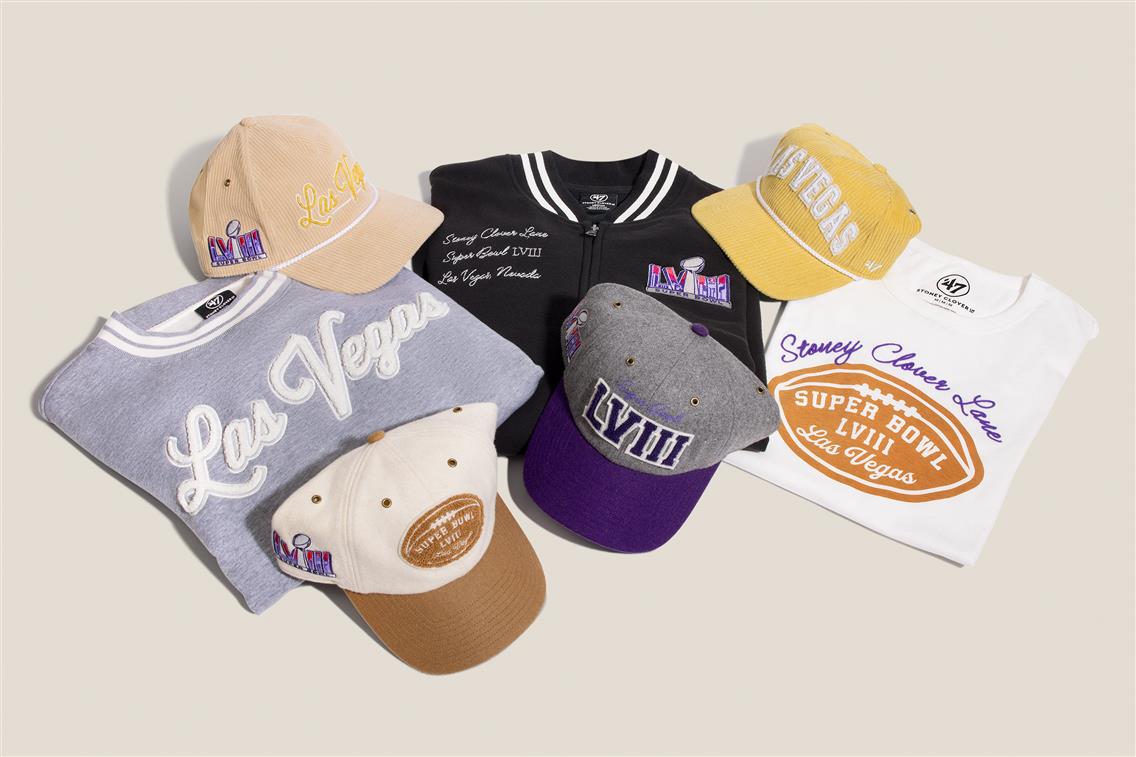Proven Black Friday Marketing Strategy for E-commerce Businesses
A meticulously planned Black Friday marketing strategy can redefine holiday sales in e-commerce. Historically, this day signals one of the biggest shopping frenzies of the year, with buyers primed to hit “purchase” in search of the best bargains. For online businesses, the opportunity to capture enormous revenue in a short window is both exciting and demanding. Inventory management, promotional planning, and technical preparedness must align seamlessly. Each decision from crafting compelling offers to delivering a user-friendly checkout, contributes to the campaign’s success.
Black Friday success does not arise from last-minute announcements or spontaneous discounting. It evolves from a calculated approach rooted in market insight, persuasive messaging, and consistent branding. Understanding shopper motivations, structuring deals that intrigue but remain profitable, and deploying a cohesive strategy across multiple platforms are key.
This guide explores the mechanics of Black Friday sales, the psychology fueling consumer urgency, and the tactical steps to build a robust, revenue-driving campaign. It also underscores the crucial role that high-caliber visuals play in sparking click-throughs and boosting conversions.

How Do Black Friday Sales Work?
Black Friday occurs the day after Thanksgiving, though many brands extend deals through the weekend and into Cyber Monday. The essence of this event lies in focused promotions and time-sensitive deals designed to spur immediate action. Despite the external hustle, every brand must plan deliberately to ensure profitability.
Limited-Time Offers
Many retailers restrict deals to a short duration, such as 24 or 48 hours. The condensed timeframe creates a sense of urgency, driving shoppers to act quickly for fear of missing out. The “limited-time” element triggers psychological pressure, compelling consumers to check out faster than usual. For e-commerce, the key is balancing excitement with transparency. Promoting “last chance” banners and countdowns can amplify conversions, but clarity is vital: be explicit about when deals expire to avoid backlash from frustrated customers.
Bundling Strategies and Tiered Discounts
Bundles merge related products into a single package offered at a reduced overall cost. This approach raises average order values as customers perceive a higher collective value. Tiered discounts — offering progressively larger discounts as cart totals increase — encourage shoppers to add items to reach each threshold. If structured carefully, the perceived savings can be substantial while preserving healthy margins. For instance, a tiered system might offer 10% off purchases over $50, 15% off over $75, and 20% off over $100. Each bracket incentivizes a higher spend.
Balancing Profitability and Appeal
Deals must attract shoppers without eroding profits. Historical data helps identify discount sweet spots. Analyzing previous Black Friday campaigns and tracking competitor offers reveal insights about how low or high prices can go without compromising brand positioning. Mapping out profit margins for each featured item prevents undercutting revenue. Tools such as profit calculators, inventory tracking dashboards, and competitor price monitoring are indispensable. Ultimately, the goal is to craft promotions that excite customers, move inventory, and reinforce brand value.
Understanding Black Friday Shopper Behavior
Defining the Black Friday Shopper’s Behavior
Many Black Friday shoppers have a high tolerance for marketing. They actively scan their inboxes for deals, search aggregator sites for coupon codes, and often start planning purchases weeks or even months in advance. The psychology at play revolves around urgency: limited-time deals, countdowns, and steep discounts feed into the collective anticipation. The phrase “lowest prices of the year” can be a powerful motivator, drawing bargain hunters and loyal brand fans alike.
Beyond raw discount-chasing, some shoppers see Black Friday as an event — an opportunity to complete holiday shopping in one go or to score coveted items they’ve researched all year. Others enjoy the thrill. E-commerce businesses that recognize this emotional dimension often stand out with marketing narratives emphasizing exclusivity, community, or “insider” access. Understanding that not every buyer is purely deal-driven can inspire creative campaigns that combine discounts with added-value experiences, such as early access or personalized recommendations.
Preparing Your Audience for Black Friday
The lead-up to Black Friday is a structured warm-up that primes customers for action. Companies that wait until a day or two before to announce deals miss out on sustained excitement. Three core elements help in this early preparation:
Audience Education
Social posts, blog articles, and newsletters can outline what to expect — stock levels, special product lines, shipping timelines, and general price ranges. When buyers feel informed, they develop a sense of trust and are more likely to convert when the sale goes live.
Trust Building
Engaging content can address potential concerns around product quality, shipping delays, or complicated return processes. Clarifying these early fosters confidence. Customer reviews, testimonials, and user-generated content from previous campaigns bolster credibility.
Appetite Creation
Establishing a sense of exclusivity or mystery can amplify anticipation. Surveys, quizzes, or behind-the-scenes footage featuring upcoming deals all heighten curiosity. By the time Black Friday arrives, your audience will be primed to check your site first.
Start Marketing for Black Friday Early
Early marketing initiatives sustain the interest necessary to convert prospects into paying customers. Brands that begin in August or September can focus on building their email lists, refining promotional strategies, and producing compelling visuals.
Preparing Deals and Visual Content: Planning well in advance includes identifying flagship products, negotiating vendor pricing or shipping logistics, and investing in professional imagery. High-quality photos and videos should be ready by mid-fall, ensuring that all marketing collateral aligns with the overall brand tone. Schedule product photoshoots in late summer or early fall. This ensures there’s ample time for editing and creative revisions.
Gathering Leads and Testing Ads: Running lead-capture campaigns with “early bird” incentives — such as a small discount code or free shipping — brings potential customers into your funnel. Even if the immediate returns are minimal, a robust email list becomes a goldmine once your main promotions begin. Testing ads across multiple platforms helps uncover the most receptive audience segments. Experimenting with images, ad copy, and calls-to-action refines messaging ahead of the big day.
Generating Hype: Instead of simply announcing “Sale Coming Soon,” build a story around why your customers should care. Well placed countdowns, product reveals, or even social media polls that ask viewers to guess the upcoming discount create anticipation. This step sets the stage for a bigger reveal when the deals finally drop.
Kicking off your Black Friday marketing early allows you to fine-tune messaging and provides ample breathing room for logistics and creative revisions. Customers are bombarded by offers as the holiday season approaches; you want to be on their radar well before inboxes and news feeds hit peak saturation.
Building an Effective Black Friday Promotion Strategy
Build Awareness & Anticipation on Social Media
Social media channels reach buyers in a casual environment, making them ideal for building buzz.
- Limited-Edition Sneak Peeks: Release teasers for products available only on Black Friday — think custom colors, exclusive bundles, or limited-run merchandise. By showcasing “just a taste” of these offers, you feed your audience’s curiosity and FOMO.
- Interactive Challenges & Polls: Instead of a static “countdown” post, run mini-challenges on platforms like TikTok or Instagram (e.g., “guess the discount,” “pick the product color,” or “share your wish list”). This invites followers to help shape the campaign and simultaneously promotes user-generated content.
- UGC & Micro-Influencers: Encourage existing customers to share short Reels or Stories demonstrating how they use your products. Showcasing real people in authentic scenarios drives trust. Micro-influencers — those with smaller but highly engaged followings — can also lend credibility by recommending your brand to their tight-knit communities.
Use Targeted Ads for Precise Reach
- Location & Time-of-Day Targeting: If you ship primarily in certain regions, tailor your creatives to reflect local culture or needs. For instance, referencing the weather or local trends can make your ads feel more personal. Schedule ads to run when your target audience is most active. If your data shows peak traffic at night, prioritize nighttime ad spend. This approach ensures a better return on ad dollars.
- Advanced Lookalike & Behavioral Audiences: Platforms like Meta and Google offer behavior-based targeting (e.g., “recently engaged shoppers”). Aligning your ads with these behaviors can net stronger click-through and conversion rates.
- Multi-Stage Messaging: Serve a light introductory ad first, followed by a more direct discount offer. Keep late-stage retargeting for dynamic product ads showing the exact items users viewed. Sequenced messaging feels more natural than a one-size-fits-all approach.
Plan Segmented Email Blasts & Automated Flows
Email remains a direct, high-impact communication channel for Black Friday promotions, but the key to maximizing ROI is smart segmentation and dynamic storytelling.
- Re-Activation Campaigns: Segment dormant subscribers who haven’t opened or clicked in a while. Send them an exclusive “welcome back” offer, emphasizing special deals they wouldn’t want to miss. Tailor the subject line to pique curiosity —something like “Still There? Here’s a 24-Hour Deal Just for You.”
- Dynamic Countdown Banners: Embed live countdown timers within your emails. Seeing the ticking clock inside the message itself fosters urgency. It also refreshes the email’s visual element each time the user opens it, maintaining a sense of a “living” offer.
- Cross-Sell & Upsell Modules: After a user clicks through or makes a purchase, trigger an automated follow-up with related items. “You Loved X — Don’t Miss Out on Y” is more personalized than a blanket broadcast.
- VIP & Loyalty Tiers: Build excitement by promising loyalty members early access or an enhanced discount. A “Loyalty Platinum” tier might receive 30% off on Day 1, while the general audience gets 20% off on Day 2. This rewards long-standing customers and incentivizes others to join your loyalty program.
Optimize Website & Checkout Experience
Your website will handle a surge of visitors, many of whom arrive ready to buy. Here’s how to ensure they stay the course:
Site Performance & Scalability
Anticipate high traffic by upgrading your hosting plan or configuring a content delivery network (CDN) for global coverage. Compress images and leverage lazy loading for any non-critical visuals. Slow load times remain a top reason for cart abandonment — especially on mobile devices.
Pre-Checkout Upsells
Right before a shopper enters their payment details, show them a small pop-up or banner recommending add-ons at a minimal extra cost (e.g., gift wrapping or a complimentary accessory). Keep it subtle — done correctly, it can boost average order value without annoying the buyer.
Exit-Intent Popups
If your system detects that a user is about to leave the cart page, present a final incentive — like free shipping or a limited-time coupon. This can recapture hesitant buyers and spur them to complete their purchase.
Tip: Make sure to highlight shipping deadlines clearly, especially if Black Friday orders tie into holiday gifting. Customers appreciate transparency about delivery dates — it reduces uncertainty and fosters trust.
Analyze & Adjust in Real-Time
Real-time monitoring empowers you to spot opportunities or fix pitfalls on the fly:
Heatmaps & Session Recording
Incorporate tools like Hotjar or Crazy Egg to see where shoppers click, hover, or abandon. If you notice people repeatedly leaving on a particular step of checkout, consider simplifying the form or clarifying instructions.
Social Listening
Keep an ear to the ground for brand mentions on Twitter, Instagram, or Reddit. Feedback, questions, or complaints that emerge can be addressed swiftly, preventing widespread negative sentiment.
Budget Shifts
If a certain platform or ad type shows stellar results mid-campaign, shift more budget in that direction. Conversely, underperformance on another channel may call for a new creative approach or reduced spending.
Tip: Adopt a “test, learn, pivot” mindset. Even the most solid plan can benefit from iterative improvements based on day-to-day data insights.
Post-Sale Follow-Up & Retention
1. Send a Warm, Informative Thank-You Message
A simple “thank you” goes a long way, but pairing it with clear, helpful information is even better:
- Order Confirmation + Tracking Details: Provide an estimated delivery date and a direct link for shipment updates. This reduces buyer anxiety and cuts down on customer service queries.
- Setup & Care Tips: If your product requires assembly, installation, or special maintenance, include a quick guide or a short tutorial video. Immediate usefulness creates a strong positive impression.
2. Offer Genuine Customer Support
Back up your gratitude with prompt, transparent support options.
- Dedicated Support Channels: Include a direct email address, a customer helpline, or live chat hours to address any post-purchase concerns. Real-time help fosters trust and shows you’re invested in their satisfaction.
- Proactive Issue Resolution: If stock or shipment delays arise, proactively email affected customers with updates or alternative solutions (like faster shipping on their next order). Handling hiccups gracefully can turn a frustrated buyer into a long-term advocate.
3. Gather Quick, Actionable Feedback
Insights from recent buyers help you refine both your products and your customer journey:
- Short Survey Links: Include a 1–2 minute survey in your thank-you email. Ask about satisfaction with product quality, delivery speed, and the checkout experience. Keep it concise—customers are more likely to respond.
- Ratings & Reviews: Invite them to leave a rating or review on your website or a relevant platform. Authentic customer reviews serve as social proof for future visitors.
4. Personalize Future Offers Strategically
Use the data gathered during their purchase to suggest relevant next steps, rather than bombarding them with blanket promos:
- Cross-Sell & Complementary Items: If they purchased a necklace, you might mention earrings, bracelets, or rings from the same collection in a follow-up email. The key is making it genuinely useful — don’t push irrelevant products.
- Upcoming Sales & Events: If you host a New Year’s clearance, for instance, let buyers opt in to be notified. Emphasize why it might interest them — e.g., “We’ll have add-ons that work with your recent purchase.”
5. Create a Sustainable Loyalty Pathway
Focus on meaningful ways to nurture repeat engagement:
- Early Notice for Major Sales: Let existing customers see fresh collections or discount previews. This makes them feel “in the know” and encourages them to keep tabs on your brand.
- Loyalty Points or Tiered VIP: If your product line lends itself to recurring purchases (e.g., beauty, fashion, tech accessories), introduce a tiered rewards program. Customers accumulate points to redeem for future discounts or special items — an easy way to encourage repeat visits.
6. Remain Relevant Between Campaigns
Your relationship with a customer shouldn’t end after one purchase:
- Helpful Content & Tips: If someone buys running shoes, send periodic emails on training advice or new workout playlists. Show genuine interest in their success or well-being, not just their wallet.
- Seasonal Reminders: For consumable or seasonal goods, a gentle “time to restock” nudge (with an exclusive return-customer discount) can be both helpful and profitable.
By focusing on practical support, genuine connection, and minimal friction in the post-sale phase, you’ll transform fleeting Black Friday transactions into lasting customer relationships. Strive for authenticity, value, and consideration of each buyer’s journey — your brand reputation and bottom line will thank you.
The Role of Photography in Black Friday Marketing
E-commerce thrives on visuals. During a compressed sales period like Black Friday, photos and videos are often the first interaction a customer has with your offerings. Before they read product descriptions or even notice your brand name, they see images that shape their impression. A polished, consistent visual style signals professionalism, telling shoppers: This brand is serious about quality.
During Black Friday, everyone is shouting “lowest prices” and “biggest sale.” A unique visual presence cuts through this clutter:
- Capturing Attention: Whether it’s a striking product image or a short, punchy video ad, standout visuals help your promotions rise above a sea of sameness.
- Speeding Up Decisions: High-quality images and videos that showcase a product’s features, fit, and finish help buyers act faster under time-sensitive discounts.
- Strengthening Trust: Consumers can’t see your items in person. Detailed, authentic imagery and product videos reduce doubts, boosting conversion rates.

Why Professional Visuals Matter
You might ask: Why not just take a few decent shots in-house? While quick DIY content has its place, professional visuals elevate your sales:
- A commercial photo studio team aligns creative direction, styling, lighting, color, and composition with your brand’s feel.
- Misleading or subpar visuals risk setting false expectations. Professional shots accurately represent color, scale, and texture, minimizing unhappy customers or returns.
- Product shots and videos can serve multiple campaigns. They’re reusable across your website, email promotions, and ad campaigns — often paying for themselves in the long run.
Types of Photography and Video for the Black Friday Campaign
Visual formats that can support your Black Friday strategy:
- Hero Product Shots: Ideal for website homepages, ads, and product listings. Crisp, high-focus images with minimal backgrounds that highlight key selling points.
- Lifestyle Images: Ideal for social media, blog features, and landing pages. They show products in realistic scenarios — helpful for creating emotional connections.
- Short Video Demonstrations: Work for product detail pages, and targeted social ads. Lets customers “experience” functionality or features, clarifying how items work in real life.



Creating a Holistic Visual Strategy
Rather than slapping “50% Off” on hastily taken photos, integrate a holistic plan:
Plan Ahead
Identify your Black Friday hero deals early and schedule professional shoots. This ensures your strongest offers get top-notch visuals.
Optimize per Channel
Adapt images and videos for different platforms (Instagram Stories, website banners, email). Consistency means a recognizable style but not necessarily identical content everywhere.
Focus on Year-Round Use
If budget is a concern, prioritize visuals that can stay relevant beyond Black Friday. For instance, a well-made product demo has value long after holiday deals expire.
Data-Driven Refinements
Use Black Friday performance metrics to see which visuals convert best, then refine your approach for future campaigns.
Partnering with Lenflash for Visual Excellence
You don’t have to manage every detail on your own. By entrusting the process to a specialized photography and videography service like Lenflash, you gain:
- Brand-Aligned Concepts: We map out visuals that resonate with your brand personality and holiday marketing goals.
- Efficient Production & Quick Turnarounds: From lighting setups to post-production, our team handles all the technical aspects. Thanks to our streamlined workflow, you receive polished visuals fast, keeping you on schedule for your Black Friday campaigns.
- Versatile Deliverables: Assets are formatted for immediate deployment across ads, social media, and product pages. Plus, they’re stored on our user-friendly LenFlash Cloud Content Management Platform, allowing you to effortlessly manage and share content across departments or partners.
Ultimately, every dollar spent on high-quality imagery and video can translate into better customer experiences, higher conversions, and a stronger brand — benefits that extend far beyond a single sales day. As you plan your holiday promotions, remember that a well-executed visual strategy can underpin the success of your entire campaign. If you need a reliable partner, Lenflash offers the expertise to help your brand thrive — both on Black Friday and all year round.
A Comprehensive Approach to Black Friday Campaigns
A successful Black Friday marketing strategy involves starting early, understanding shopper psychology, structuring attractive deals, and presenting them through eye-catching visuals. By applying these tactics across multiple channels — social media, email campaigns, targeted ads, and your website — you’ll set the stage for a record-breaking BFCM season.
Ready to learn more about holiday marketing best practices? Check out our other in-depth articles to keep your promotional game strong all year round:
